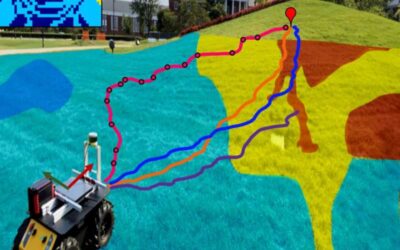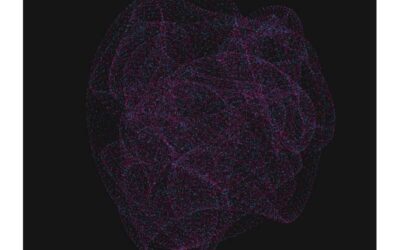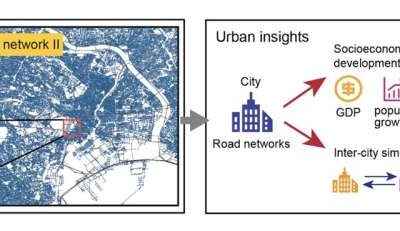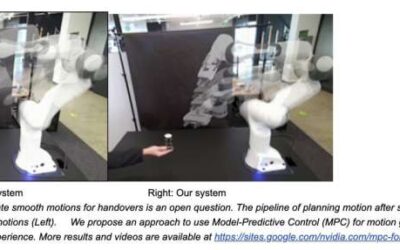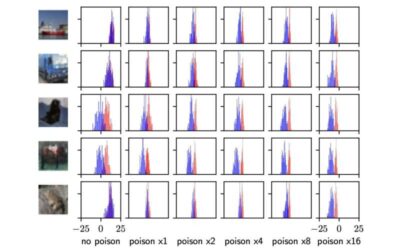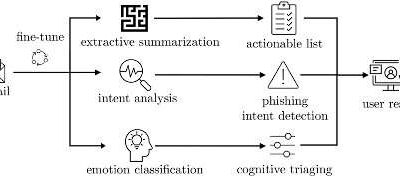Autonomous mobile robots are already being tested and used for such applications as the delivery of parcels, surveillance, search and rescue missions, planetary/space exploration, and the monitoring of the environment. For these robots to successfully complete their...
Machine learning & AI
Study explores the concept of artificial consciousness in the context of the film ‘Being John Malkovich’
Recent technological advances, such as the development of increasingly sophisticated machine learning algorithms and robots, have sparked much debate about artificial intelligence (AI) and artificial consciousness. While many of the tools created to date have achieved...
Physics-inspired graph neural networks to solve combinatorial optimization problems
Combinatorial optimization problems are complex problems with a discrete but large set of possible solutions. Some of the most renowned examples of these problems are the traveling salesman, the bin-packing, and the job-shop scheduling problems.
A weakly supervised machine learning model to extract features from microscopy images
Deep learning models have proved to be highly promising tools for analyzing large numbers of images. Over the past decade or so, they have thus been introduced in a variety of settings, including research laboratories.
Using graph neural networks to measure the spatial homogeneity of road networks
Researchers at Purdue University and Peking University have recently carried out a study aimed at better understanding road networks in cities worldwide using machine-learning tools. Their paper, published in Nature Machine Intelligence, outlines the results of...
A new approach to reproduce human and animal movements in robots
In recent years, developers have created a wide range of sophisticated robots that can operate in specific environments in increasingly efficient ways. The body structure of many among these systems is inspired by nature, animals, and humans.
A model to improve robots’ ability to hand over objects to humans
For decades, researchers worldwide have been trying to develop robots that can efficiently assist humans and work alongside them as they tackle a variety of everyday tasks. To do this effectively, however, the robots should be able to interact naturally with humans,...
The risks of attacks that involve poisoning training data for machine learning models
A growing number of studies suggest that machine learning algorithms can leak a considerable amount of information included in the data used to train them through their model parameters and predictions. As a result, malicious users with general access to the algorithm...
Using deep learning to predict users’ superficial judgments of human faces
Many psychology studies have confirmed the biased nature of human judgments and decision-making. When interacting with a new person, for instance, humans often make a series of automatic and superficial judgments based solely on their appearance, facial features,...
A model that can help inexperienced users identify phishing emails
Phishing attacks are cyber-attacks through which criminals trick users into sending them money and sensitive information, or into installing malware on their computer, by sending them deceptive emails or messages. As these attacks have become increasingly widespread,...

